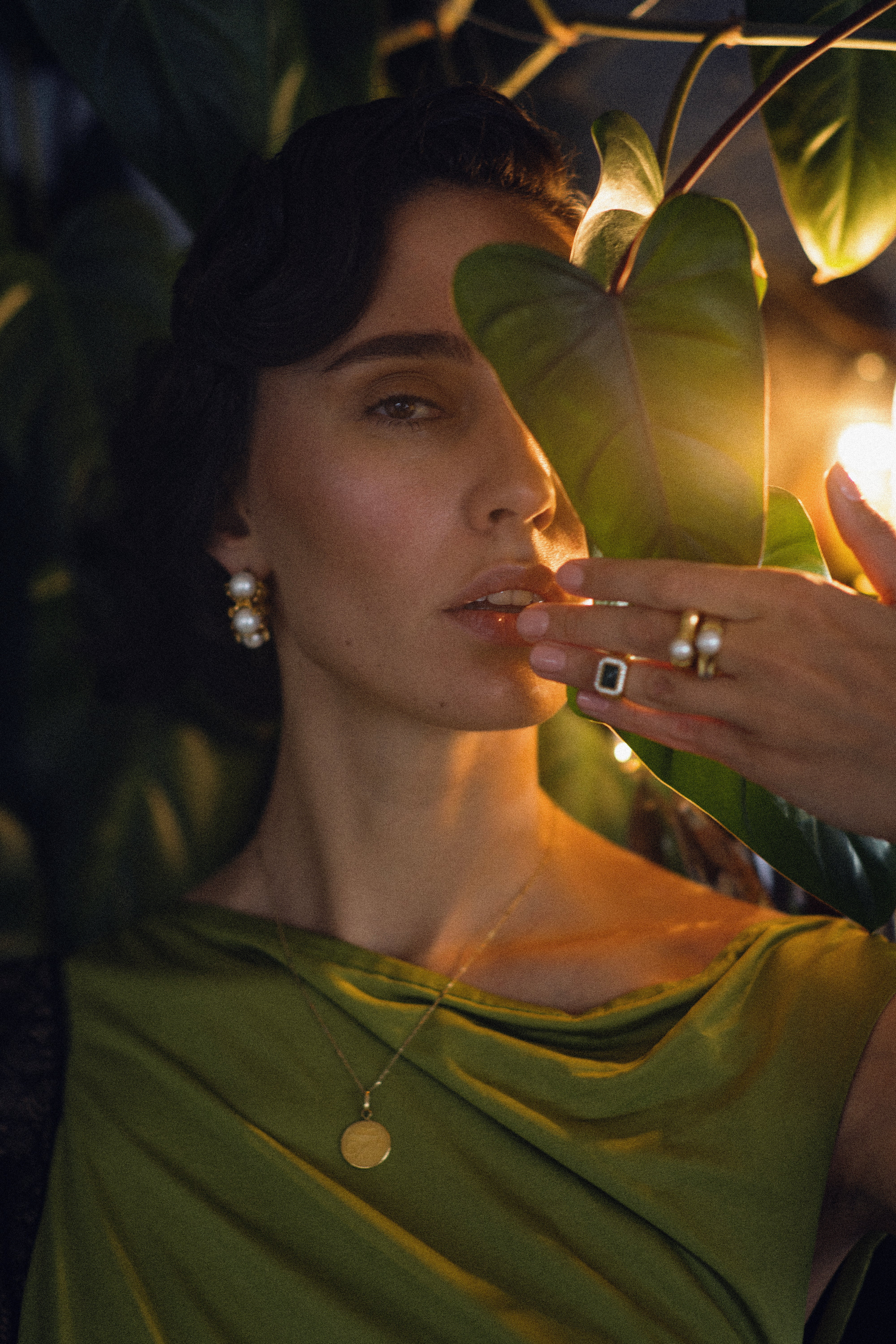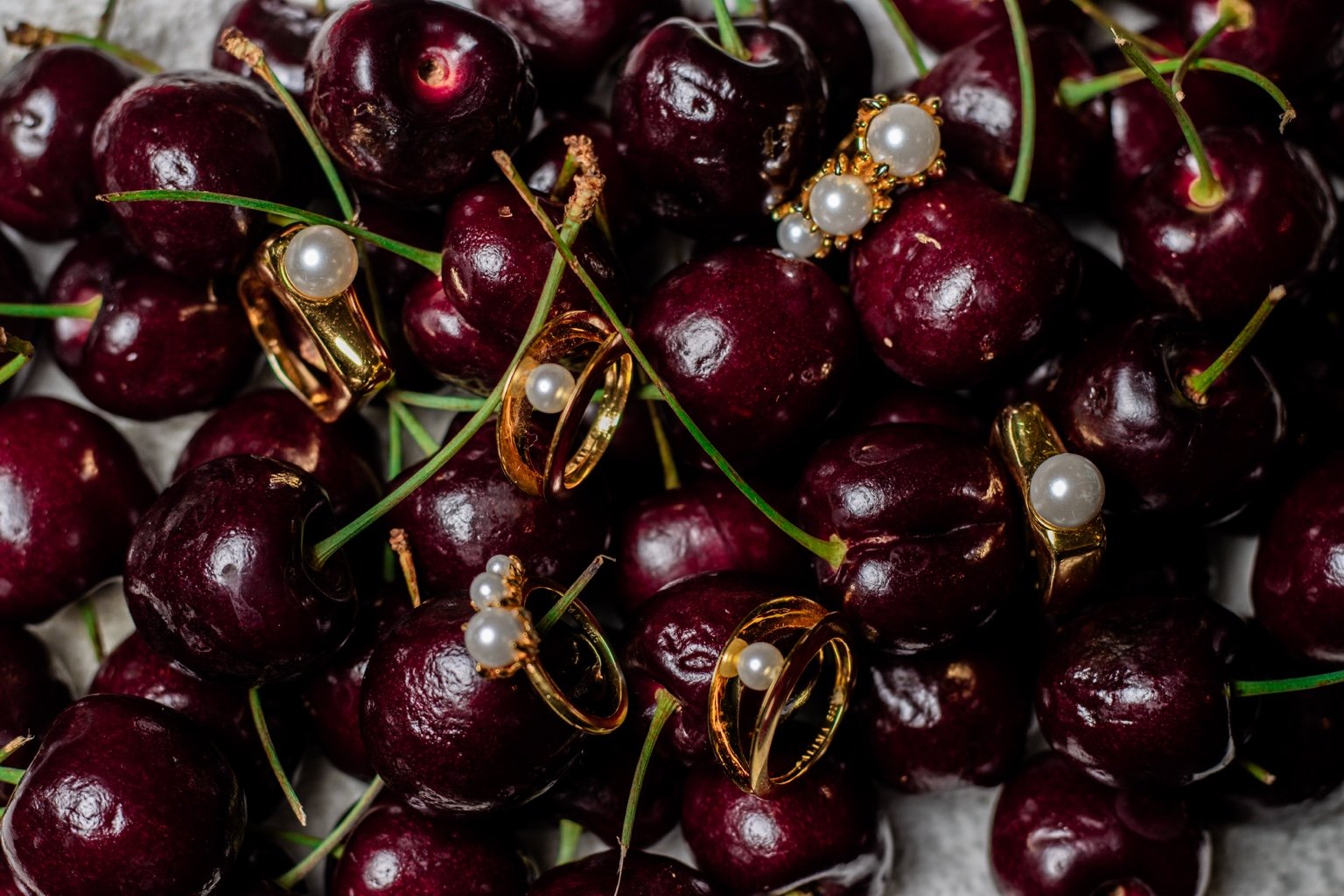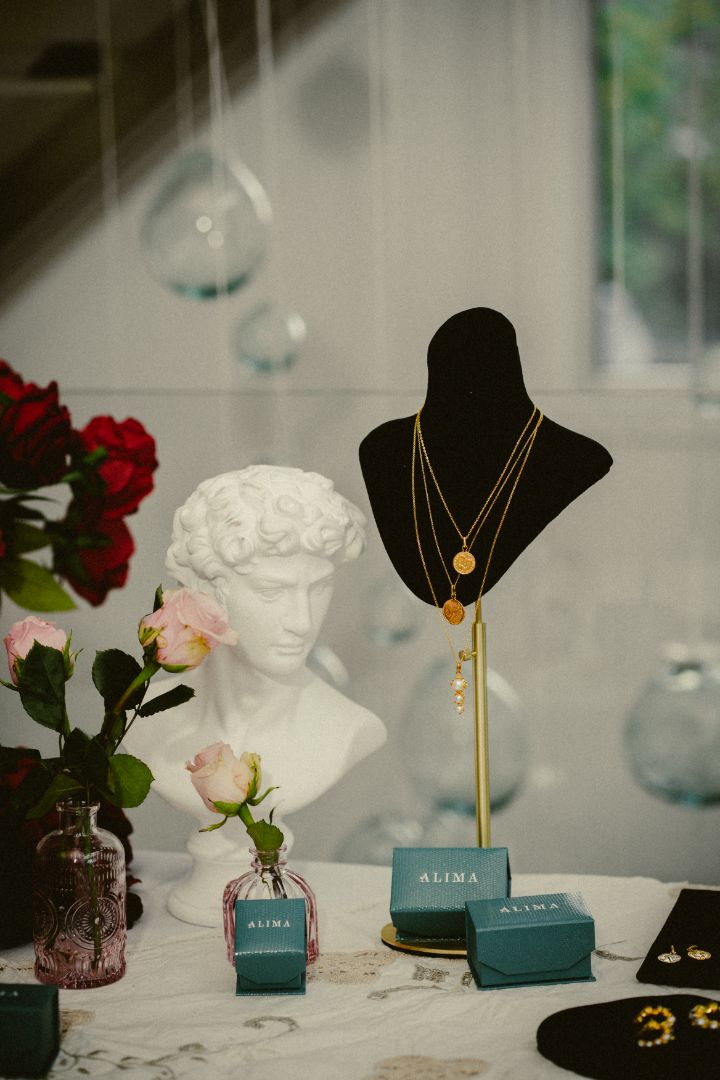Sustainability in Jewelry: What Matters & How AliMa Delivers

The Future of Luxury Is Measured in Fewer Pieces, Not More
Fast fashion taught the world to treat clothing, and sometimes jewelry, as disposable sparkle.
The result? Toxic mining practices, over‑production warehouses, and “gold‑plated” items that tarnish after one season.
AliMa was born to prove another path exists: small‑batch jewelry where every gram of gold, every pearl, every hand’s labour matters. Below, we unpack the three pillars of truly sustainable jewelry, spotlight brands setting high standards, and reveal how AliMa weaves responsibility into every limited release.
1. The Three Pillars of Responsible Jewelry
a. Recycled & Traceable Metals
Gold mining produces ~20 tons of waste rock per ring. Using recycled gold or sterling cores keeps precious metals in circulation and slashes the footprint.
b. Ethical Gemstones & Pearls
From conflict‑free diamonds to ethical pearls cultivated in low‑impact farms, transparency is the new hallmark.
c. Localized, Small‑Batch Production
Shipping semi‑finished pieces across continents multiplies the carbon cost. Producing close to the design studio—in our case, within a few hundred kilometers inside Italy— cuts transport emissions and supports artisanal communities.
2. How Leading Brands Address Each Pillar
Mejuri became an early adopter of recycled gold, earning RJC Chain of Custody certification.
Chopard shocked high jewellery in 2018 by pledging 100 % Fairmined gold.
Boucheron’s “Projet —” line up‑cycles antique stones into modern settings.
CompletedWorks casts its sculptural pieces exclusively in recycled silver.
These houses prove luxury can be responsible without sacrificing desire.
3. AliMa’s Approach: Presence Without Excess
Small‑Batch Casting
We pour only after prototypes are final—no safety over‑runs, no dusty shelves of unsold stock. Each Collezione piece is numbered, rarely exceeding 150 units.
Recycled Sterling Core & Thick 18 k Vermeil
Our base metal is recycled sterling; we then plate in 2 µm of 18 k gold. Result: heirloom durability and lower mining demand.
Ethical Pearls, Hand‑Matched
We source freshwater pearls from farms that recycle water and avoid chemical bleaching. Imperfect baroque curves are matched for hue, not forced into identical twins—aligning with our design credo of “perfect imperfection.”
Local Italian Craft Loop
Casting, stone‑setting, and polishing travel an ultra‑short loop inside Italy’s heritage workshops: less fuel, more craft integrity, total traceability.
“Presence can be engineered responsibly: one micro‑lot at a time.” — Alice Mariano, Founder
(Explore our latest limited pieces → Collezione I)
4. How to Spot Greenwashing in Jewelry
|
Claim Red Flag |
What to Ask For |
Why It Matters |
|---|---|---|
|
“Eco‑friendly plating” with no details |
Micron thickness & base metal disclosure |
Ultra‑thin flash gold chips in weeks. |
|
“Ethically sourced pearls” without farm info |
Region or certification |
Many pearls are chemically bleached or dyed. |
|
Vague “sustainable packaging” |
% recycled content stated |
Fully recyclable vs. composite glitter boxes. |
|
“Carbon neutral” |
Offset partner + actual emission reduction steps |
Offsets alone ≠ impact. |
5. How to Care for Gold-Plated & Pearl Jewelry
- Last on, first off : perfume and hairspray dull nacre.
- Soft cloth, not chemical cleaner : wipe gently after wear.
- Store separately : harder gems can scratch pearls; use the AliMa pouch.
-
Repair > Replace : recycled gold is easy to re‑plate; sustainable luxury honors longevity. (search term: how to care for recycled gold jewelry).
Still Curious About Our Process?
Get monthly behind‑the‑atelier stories, first access to drops, and invitations to private styling sessions.




